TL;DR
- Pi Network reported 18 million KYC completions and hinted at an open mainnet launch by Q1 2025, sparking mixed reactions.
- Users were cautioned to rely on official channels and use the authentic Pi Wallet to avoid scams.
The Latest Update
Pi Network – a controversial cryptocurrency project that allows people to mine digital assets directly from their smartphones – remains one of the trendiest topics in the space. While it saw the light of day in 2019, its native token and open mainnet have yet to be introduced. Over the past several months, the team said the project’s progress depends on certain factors, such as community involvement and passing necessary authentication steps.
Pi Network recently claimed that 18 million people have completed necessary Knoy-Your-Customer (KYC) verifications, while 8 million have already migrated to the mainnet.
“Thanks to recent major speed upgrades, KYC applications and Mainnet migrations are processed faster than ever, i.e. nearly 200,000 Pioneers migrated in the last day,” the statement reads.
That said, the developers claimed they could launch the Open Network as early as Q1 2025. Many community members thanked Pi Network for the announcement. Some, on the other hand, expected an earlier launch and remained rather disappointed.
One X user described the latest disclosure as a joke. They assumed that the community will lose trust in the project due to the constant delays and lack of clear information regarding the upcoming developments.
“There is no more “can” with the Pi community, the time for that is over, there needs to be a very clear date or countdown because everything you say is worth zero after 6 years. I’m sorry for the harsh words but an open mainnet is out of the question in Q1 2025 if the PCT says “can” instead of a fixed date,” the annoyed user stated.
Pi Network Warnings
The project has amassed a huge community base over the years with its application recently hitting the milestone of 100 million downloads. As such, it is no wonder that some members are often targeted by fraudsters.
To protect its users from such bad actors, Pi Network’s team issued two important warnings. First, the developers cautioned “pioneers” to rely only on information provided by official channels. They also provided a dedicated safety page with all the sources and URL links the community can refer to.
Pi Network also reminded people to use only their Pi Wallets in the designated Pi Browser. “Ensure you’re in the correct Pi Wallet, not any fake one, to safeguard your Pi. The authentic Pi Wallet is also visually identified by a purple color in the navigation bar of the Pi Browser with a Pi logo featuring the Core Team apps logo,” the warning reads.
Binance Free $600 (CryptoPotato Exclusive): Use this link to register a new account and receive $600 exclusive welcome offer on Binance (full details).
LIMITED OFFER for CryptoPotato readers at Bybit: Use this link to register and open a $500 FREE position on any coin!




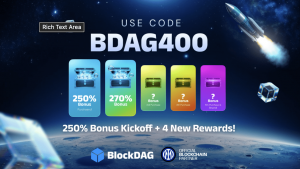

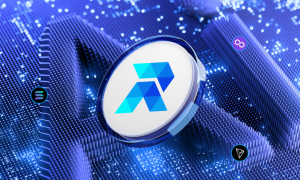






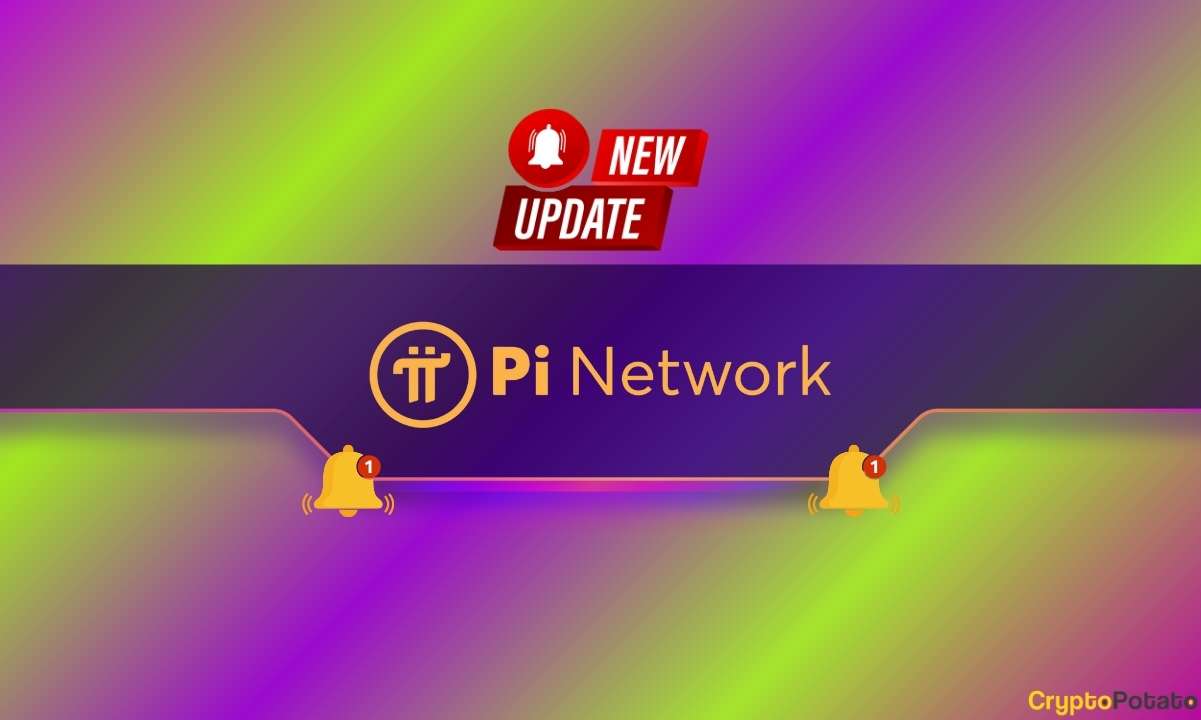

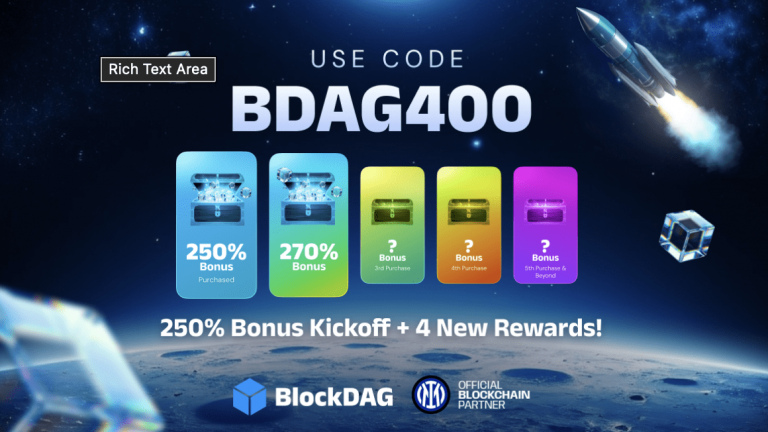



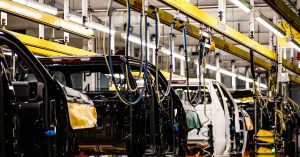


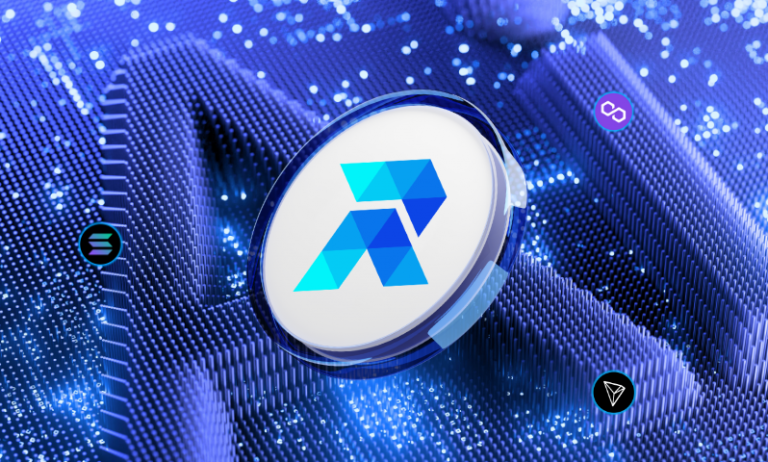
+ There are no comments
Add yours